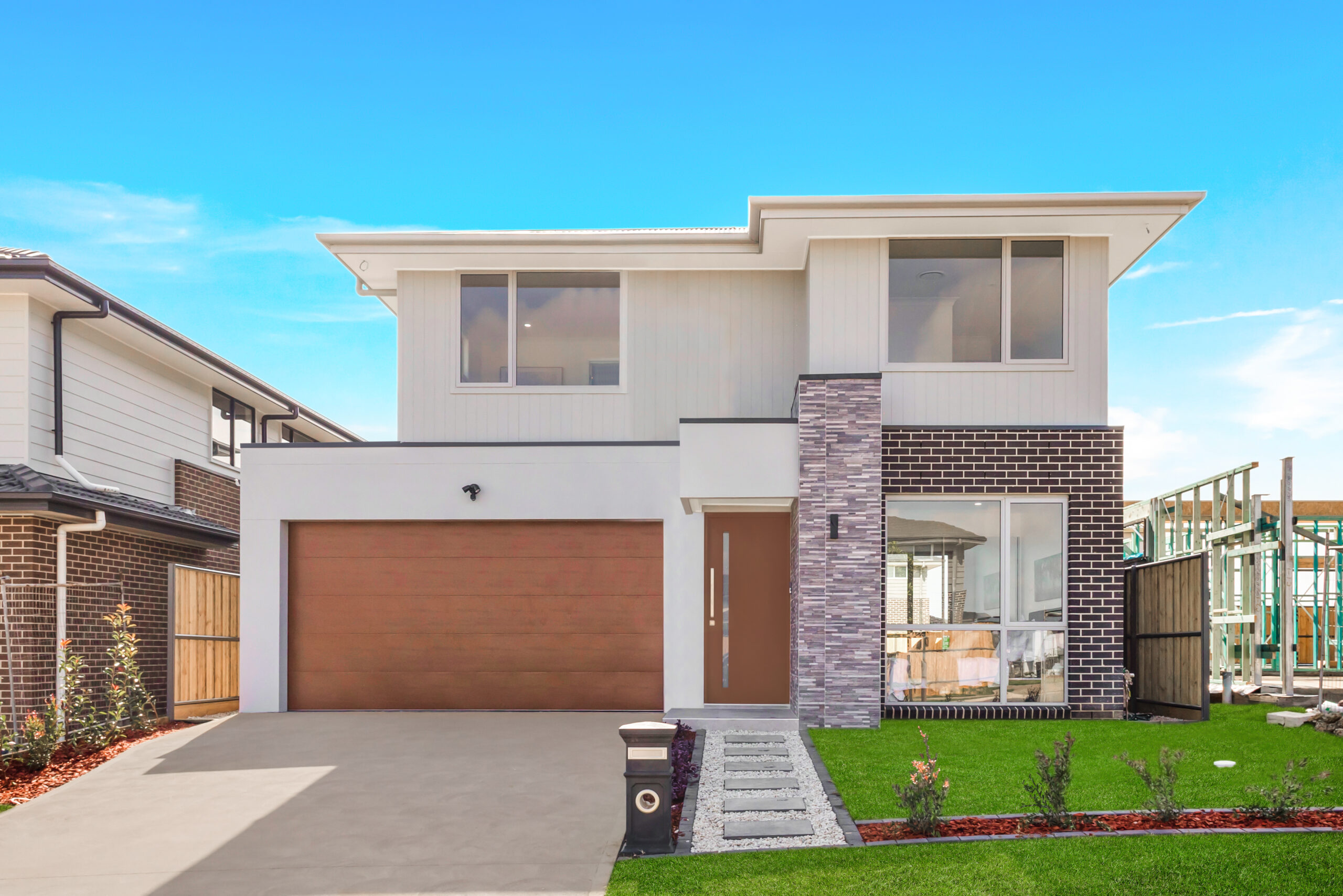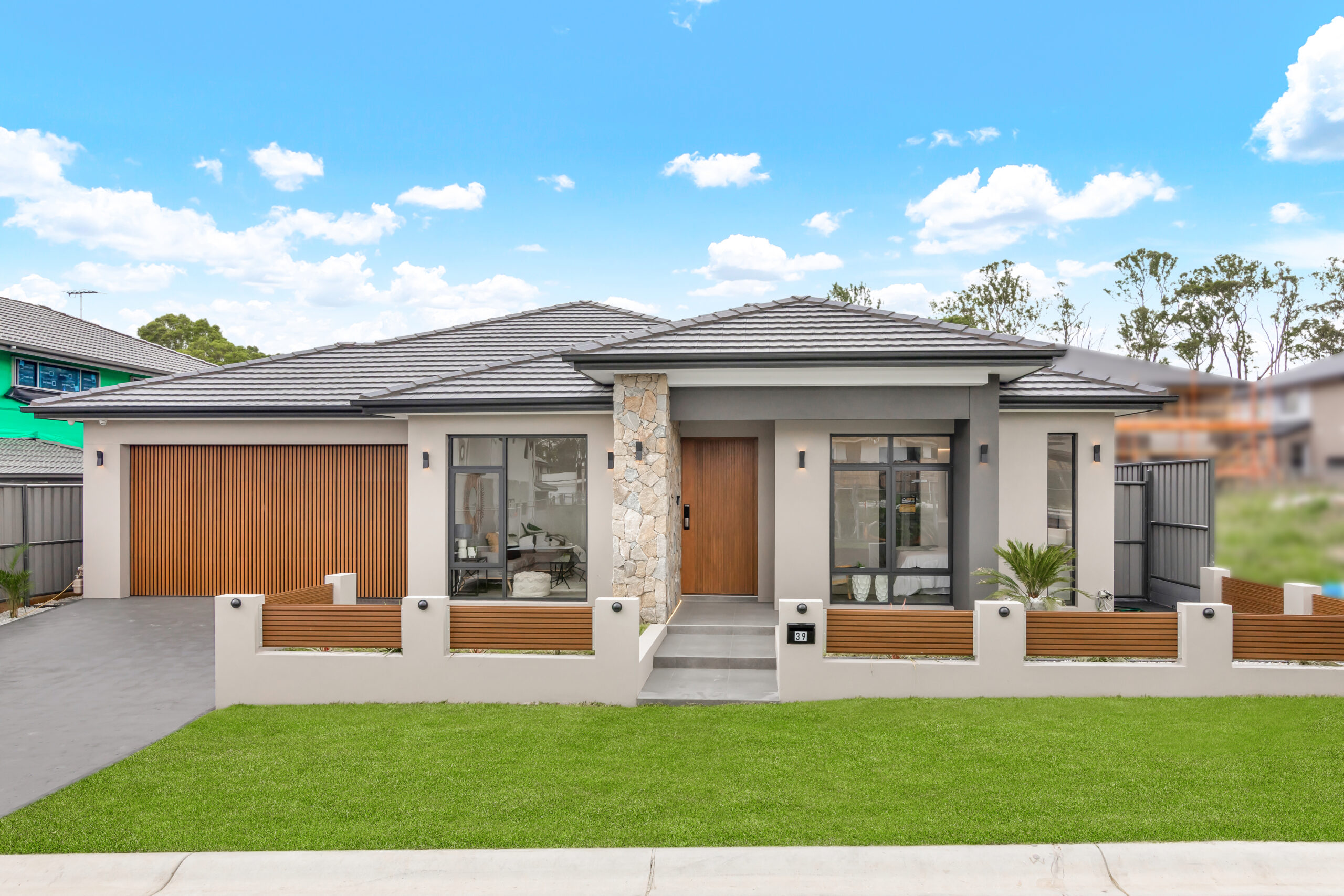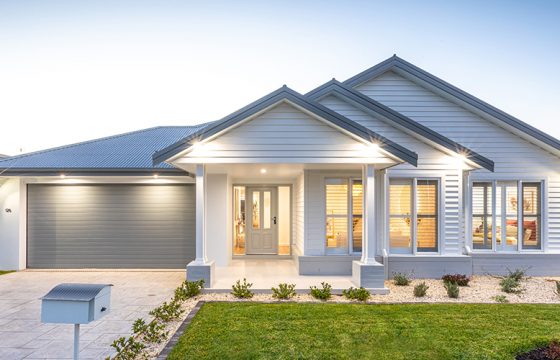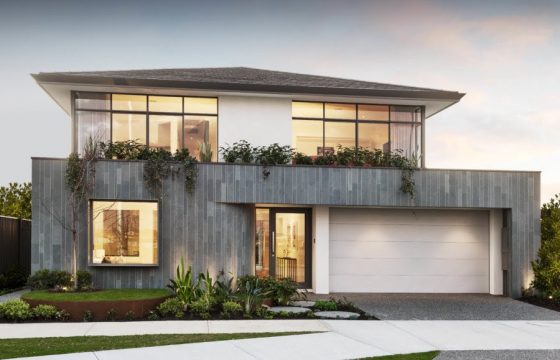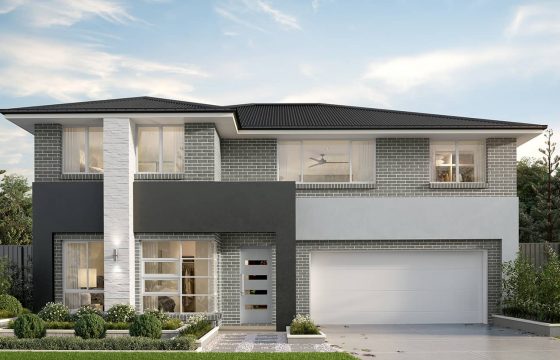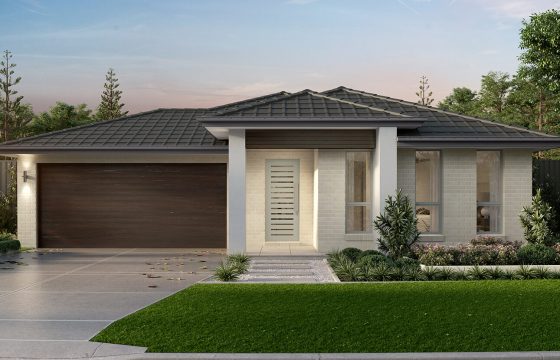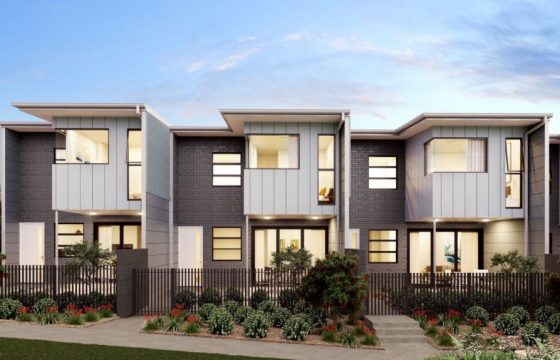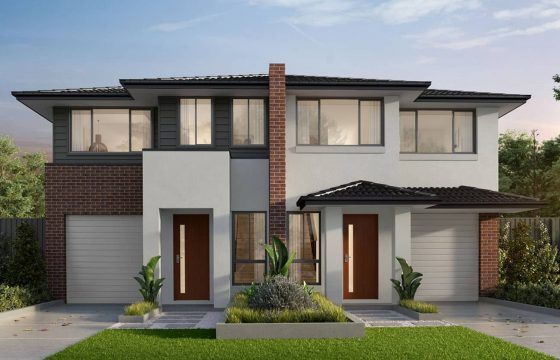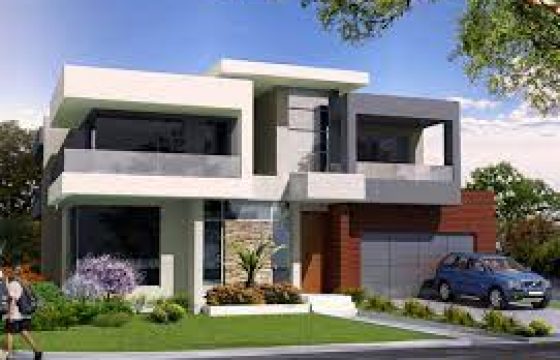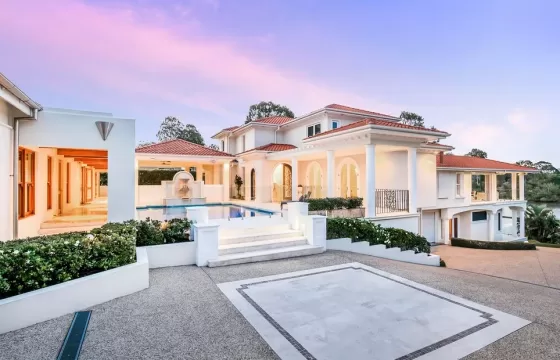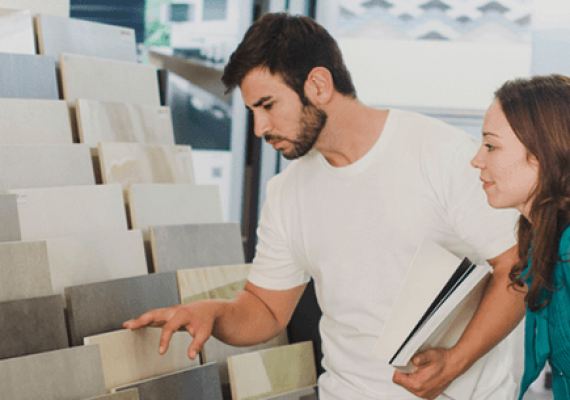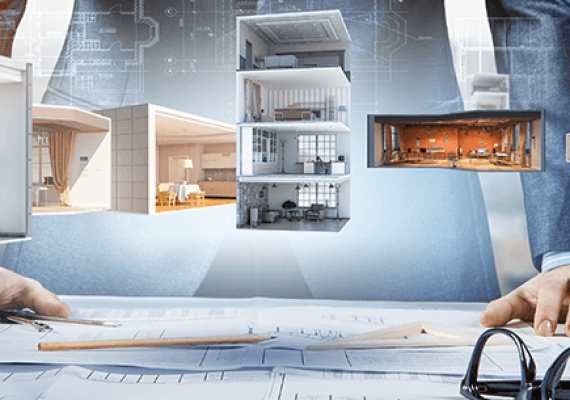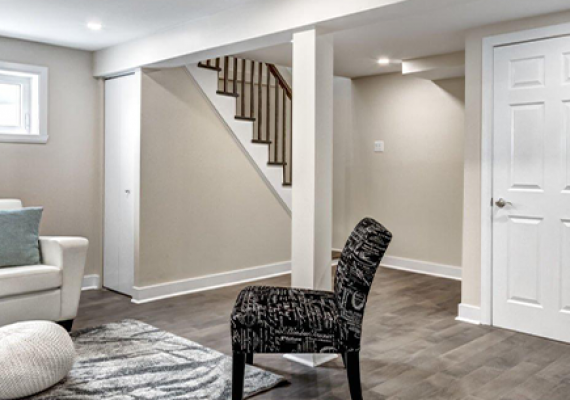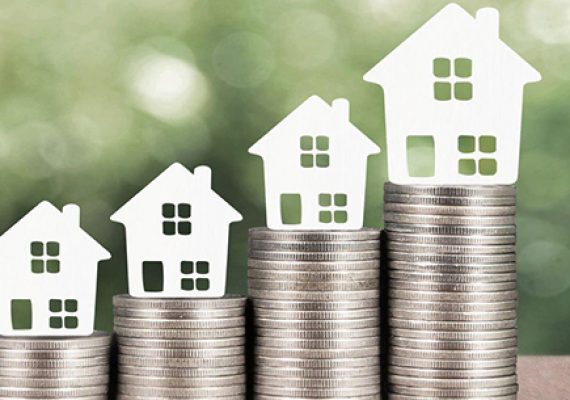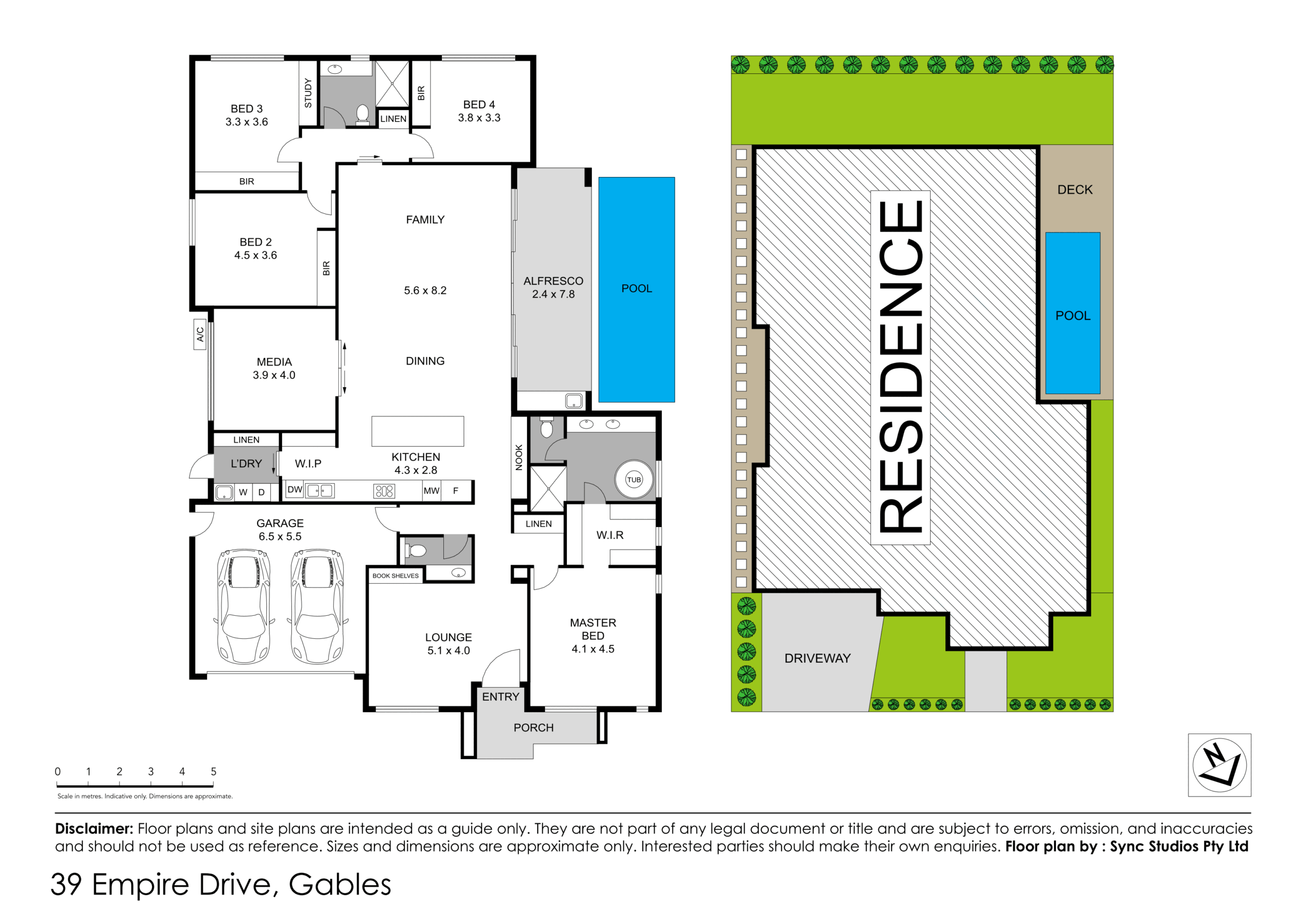Many people dream of having a custom built home, but few actually get to build one. That’s because it’s a complicated and difficult process for the most part. Custom built homes requires immense expertise in construction plan, techniques and furnishing techniques. Such homes are built for customers who have specific tastes and demand high quality.
In this blog, we’ll look at the step-by-step process of building a custom home, so you can make sure you’re on the right track to design your dream house.
Step 1: Defining Your Needs
The first step in building your dream home is to sit down and think about exactly what you want and need. This includes
- the type of property,
- the style of house,
- the location and
- your budget.
Find Out The Limitations
Once you have a good idea of all of these factors, you can begin browsing Sydney’s best house designs to see what’s feasible based on your preferences. A great way to figure out what you want is to consider all the homes you’ve lived in before and make a list of the things you liked and didn’t like about each one.
Space requirements, future planning, practicality and neighborhood suitability are all important factors to consider. You also need to think about where you want to live and what kind of home will fit well into that environment.
How Many Stories Do You Want?
Make it clear how many stories you want. Whether it is single storey, double storey, three or more. Do you want a split level, a basement? Consider whether there should be stairs or if it is problematic for your family members.
Size Of The Rooms And Space
Finalizing how many rooms you want and of what size is a huge factor that determines the layout of your home. You can choose how many bedrooms, bathrooms, formal and informal spaces, home offices, mudrooms, eat-in kitchens, children’s playrooms, media rooms, laundry rooms, basements, workshops and other areas you need.
Step 2: Your Home Should Portray Your Lifestyle
You can custom home designs to reflect your interests and likes, depending on what types of recreational activities you are involved in. For example, if you are an avid bike rider, you will need space for bike storage, if you are a musician you will need a studio for music, if you are an artist you will need a custom space. By doing so, you can make your home work for you.
Other Things To Consider
- Do you need a space to display art
- Book storage, library
- If you are a musician, consider a separate space for playing that can insulate sound.
Step 3- Now Think About The Layout
Once you finalize what rooms you want and how much you have to work with, now it’s time to choose how you want everything put together. The layout of the rooms in a house can affect traffic flow, privacy, and how guests and residents interact. Browse custom home builders in Sydney, Australia to get better assistance.
Think About The Arrangement Of Specific Rooms
You should state clearly which room you would like to come after others. Do you want a children’s room near the kitchen or not, whether you want a master bedroom on a different floor in case of duplex and other things.
Step 4- What Structural Features Are You Looking For In Each Room
Some rooms are highlighted because of some optional features. So these features can affect the layout of your home. To begin with, find out which structural features are required in different rooms. For example,
Kitchen: Space for prep counter, dining space, social space, separate walk-in, wet bar, gas or electric stove
Bedrooms: Numerous Closets, connected bathroom,
Laundry Room: Space for additional features
Step 5- Decide What Style And Design You Prefer
Start by thinking broadly about your style. Ask yourself if there is a particular theme and/ or architectural style you are drawn to. What elements of style do you particularly want in your custom home design?
General architectural style like Ceiling, Hallways, Stairways, Windows, Wall Space, Lighting, Roof, Exterior and other safety considerations.
Special features like Fireplace, Media room, Central sound system, Central Vaccum system, Pool should be considered.
STEP 6: Finance Your Project
- When you design your dream house, you need to consider all the costs involved. This includes everything from materials and labor to appliances and permits.
- Once you have a clear understanding of the budget, you can start looking at financing options. If you have savings, this makes things easier, but you still need to be mindful of your expenses. If you need to finance your project, explore your options such as a construction mortgage. It’s also a good idea to seek out financial advice before moving forward.
- As you start considering potential lots for your new home, keep in mind that almost every property will be subject to covenants, conditions, and restrictions (CC&Rs). So if you find the perfect lot, make sure your plans fall within the CC&Rs to avoid any setbacks later on.
Step 7- Select Your Architect
Learn how much your architect charges and whether it fits your budget, whether they offer renderings in 3-D, and what is their signature style, budget, timeline, and architectural program.
Step 8- Hire a Contractor
Remember your contractor is the one bringing your custom home to life; they are there when you aren’t, making sure everyone goes according to the plans. Be sure you have a good working relationship with your contractor. Hiring a reliable contractor is vital to being happy with your new home. It is possible to find a contractor in Sydney through referrals, by asking your architect.
Before you hire a custom home builder, know more about his past projects, get photos of past projects, ask who will be working on your home, what subcontractors they use, ask about suppliers.
The construction of your new home will follow a schedule and process that includes the foundation, framing, plumbing, electrics, interiors, etc.
Step 9- Monitoring The Building Process
Insurance: Make sure your general contractor has workman’s compensation insurance and general liability. You should obtain copies of both insurances before construction begins.
Permits: Typically, your builder will handle this for you. Make sure this is the case and ensure that permits are in place.
Inspections: Generally contractors are responsible for scheduling periodic inspections that are required by your municipality. Confirm with your contractor that this is the case and find out the dates to ensure you keep track.
Step 10- When Your Project Is Complete
Clean up: Make sure who is responsible for cleaning after construction should be written in the contract. Generally, this is handled by the custom home builder.
Landscaping: Now, the construction is out of the way, make the outside look of your home as beautiful as inside.
To build your custom home design, you should know who you work with and make sure that you have the best of the best on your team.


